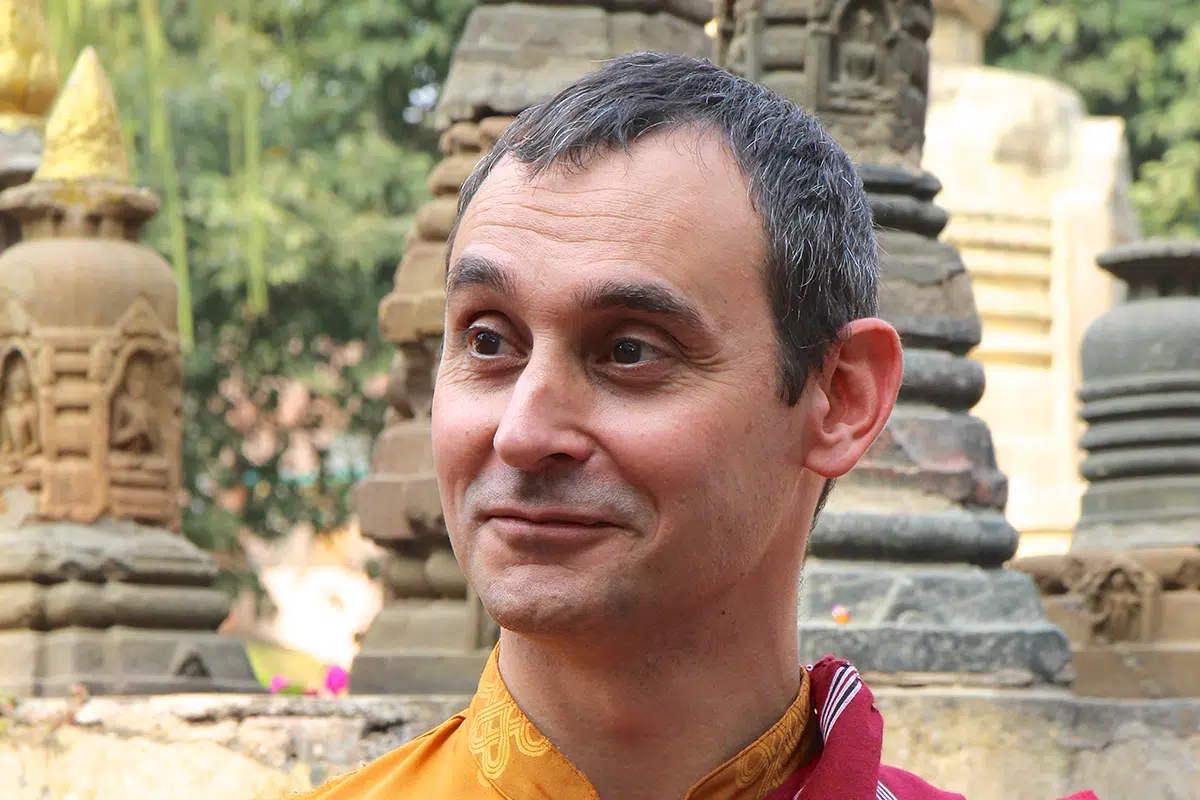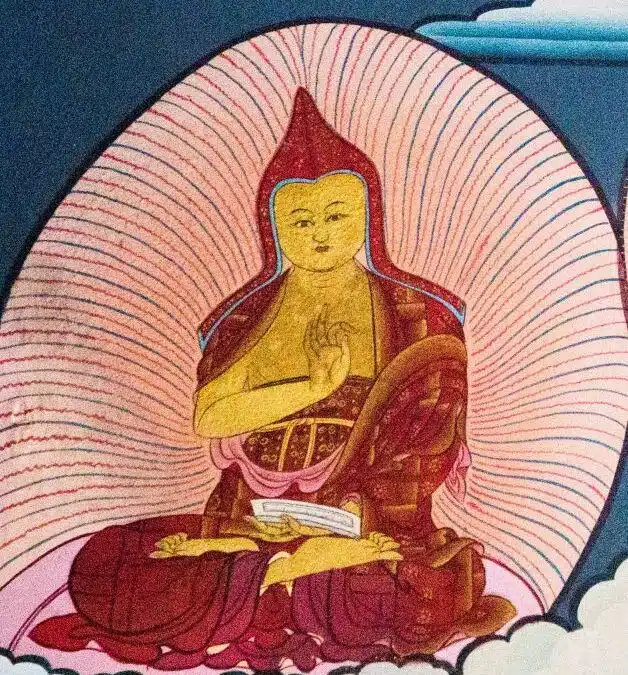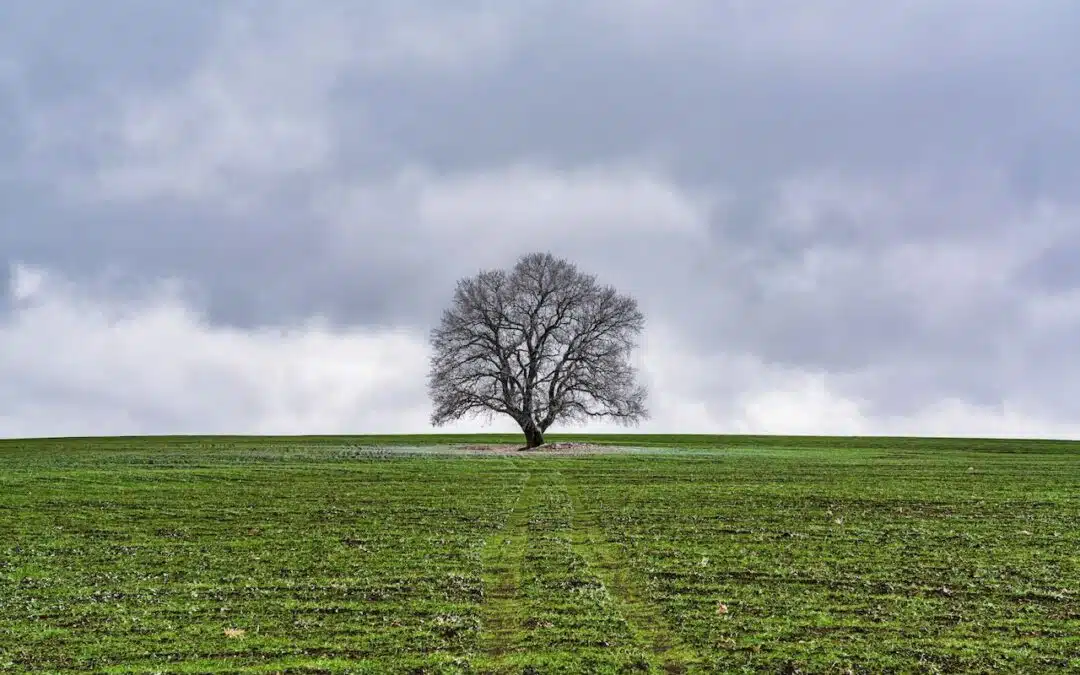Adapting Dzogchen

Adapting to Share. Sharing to Preserve.Preserving to Adapt.
Adapting for Today and Tomorrow
To preserve Dzogchen is also to adapt it. Otherwise, how can it still live and exist, whether in our minds or in our actions?
The second crucial point of the Dzogchen Today! project is the adaptation of the traditional forms to the present world, and most certainly to the world of tomorrow.
In any case, it is a constant in the historical evolution of the Great Perfection: it has always been able to evolve according to the periods and cultures thanks to its practitioners who have adapted it as time went by.
The great flexibility of the Dzogchen’s vision allows this constant evolution: even if the words of the first holder of the tradition were written down, each successive generation has been able to make these words evolve to adapt them as well as possible to the era in which they were living.
Thus, to speak of adaptation for the Dzogchen is natural, it is only a simple constituent of what this tradition is, which is in fact in constant evolution. The terma tradition is its most obvious example.
The question of the adaptation of Dzogchen to our living conditions and to our time has five answers.
The first is the adaptation of the texts of the tradition mentioned in the previous article, not only from the point of view of the translation most adapted to our way of thinking today*, but also from the point of view of the clearest possible exposition of what the Dzogchen is and what it is all about.
The second is the adaptation of the practice, of all the techniques proposed in this tradition to realize the nature of reality and of our mind and to be able to master it. Here, the need is to adapt practices – that are often long, judged by many as “exotic” and difficult to access by Western minds – to our personal and general living conditions, while also taking into account the extremely changing context specific to the era that has just opened. Here again, the Dzogchen tradition has a great variety of practices that can be adapted to our current needs and that can be integrated quite easily into our daily lives, which are often overloaded with everything and anything…
The third one is the adaptation of the teaching. There too, the way of teaching must be adapted to the population which receives the instructions of the Great Perfection. Of course, we are all human, but there is always a difference in cultural understanding and integration that must obviously be taken into account. Furthermore, attitudes and customs vary from one society to another, and it is necessary that the teaching be able to adapt to these differences in civilization. If students must make an effort to integrate the teaching, teachers must make an effort to adapt it to their audience. So it is obvious that the Dzogchen teaching is not going to be externalized in the same way in New York in 2022 as it was in Samye, Tibet, in the 8th century.

The fourth is the necessary adaptation of the traditional forms of ritual which no longer really correspond to what is perceived as ritual today. It is true that there is a loss of the symbolic and active meaning of the ritual gesture – not to say sacred – in contemporary Western societies. Nevertheless, and this ties in with the previous point, the ritual form is closely linked to a given culture and cannot be transposed in its entirety without undergoing alterations because the receiving population needs to adapt to its own way of doing things. The gesture, for example that of the offering, even if it remains potentially sacred in all cultures, does not necessarily have the same significance. The example of Tibetan Buddhism is striking: Tibetans give considerable importance to the gesture and the ritual time – as do the Indians – whereas the French, for example, give much less importance to it and will therefore have more difficulty integrating the ritual, especially if it is complex. Of course, as in all rules, there are exceptions.
The fifth and last one is the adaptation to the rapid evolution of our living conditions. Here, it is not so much to make the Dzogchen evolve towards our living conditions, but to use the resources of the Great Perfection to help us adapt to the current and future rapid changes. This also requires adapting and rapidly evolving the resources of this tradition so that they can be evolutionary solutions that can “keep pace” with the constant change taking place.
Adaptation is thus at the heart of the reflection and action implemented within the Dzogchen Today! project. If it is necessary to preserve in order to adapt, it is equally necessary to adapt to transmit and share.
The effort has only just begun…
* On this subject, read the excellent article by Grégoire: Translation as Adaptation. Back

Written by Mila Khyentse
More From All Categories

The Four Testaments of the Vidyādharas
This article from Grégoire presents the" Four Testaments of the Vidyādharas", essential teachings from the early masters of Dzogchen.

The All-Excellent’s Mighty Path of Aspiration
“The All-Excellent’s Mighty Path of Aspiration ” is a new translation from the Dzogchen Today! Translation Committee. Enjoy!


